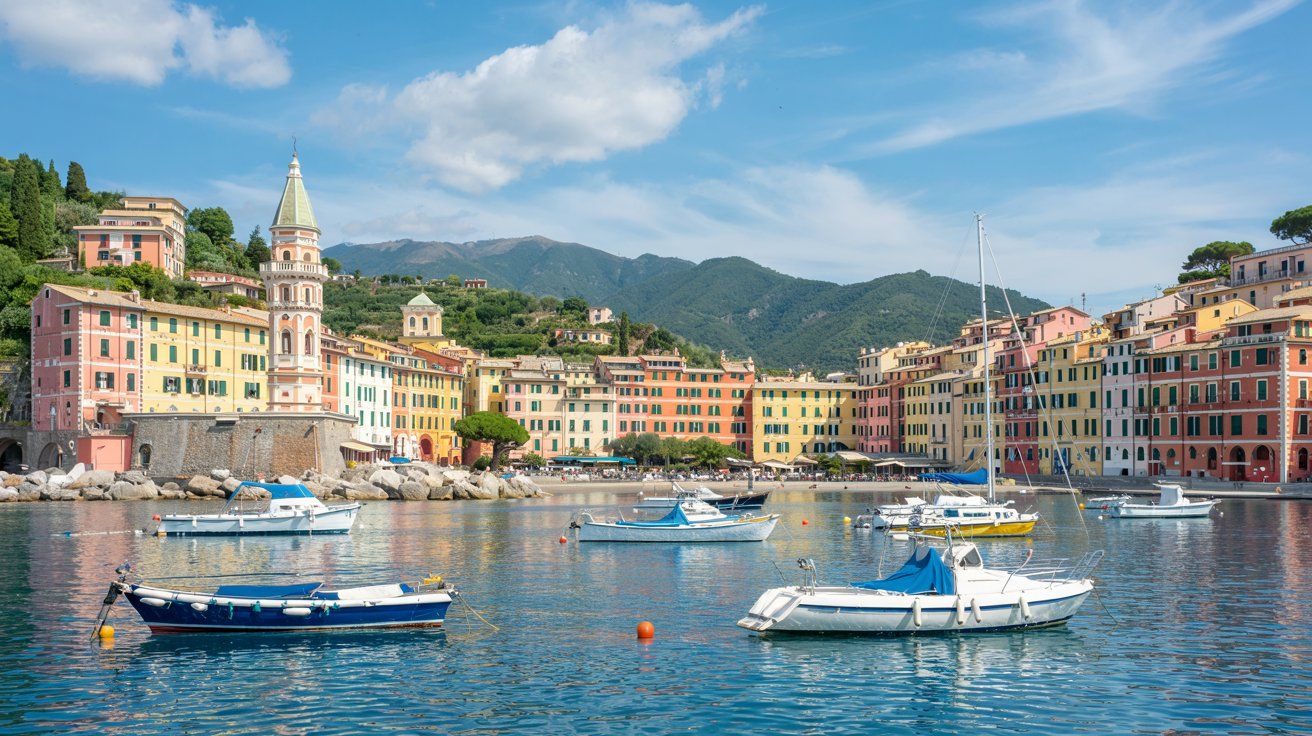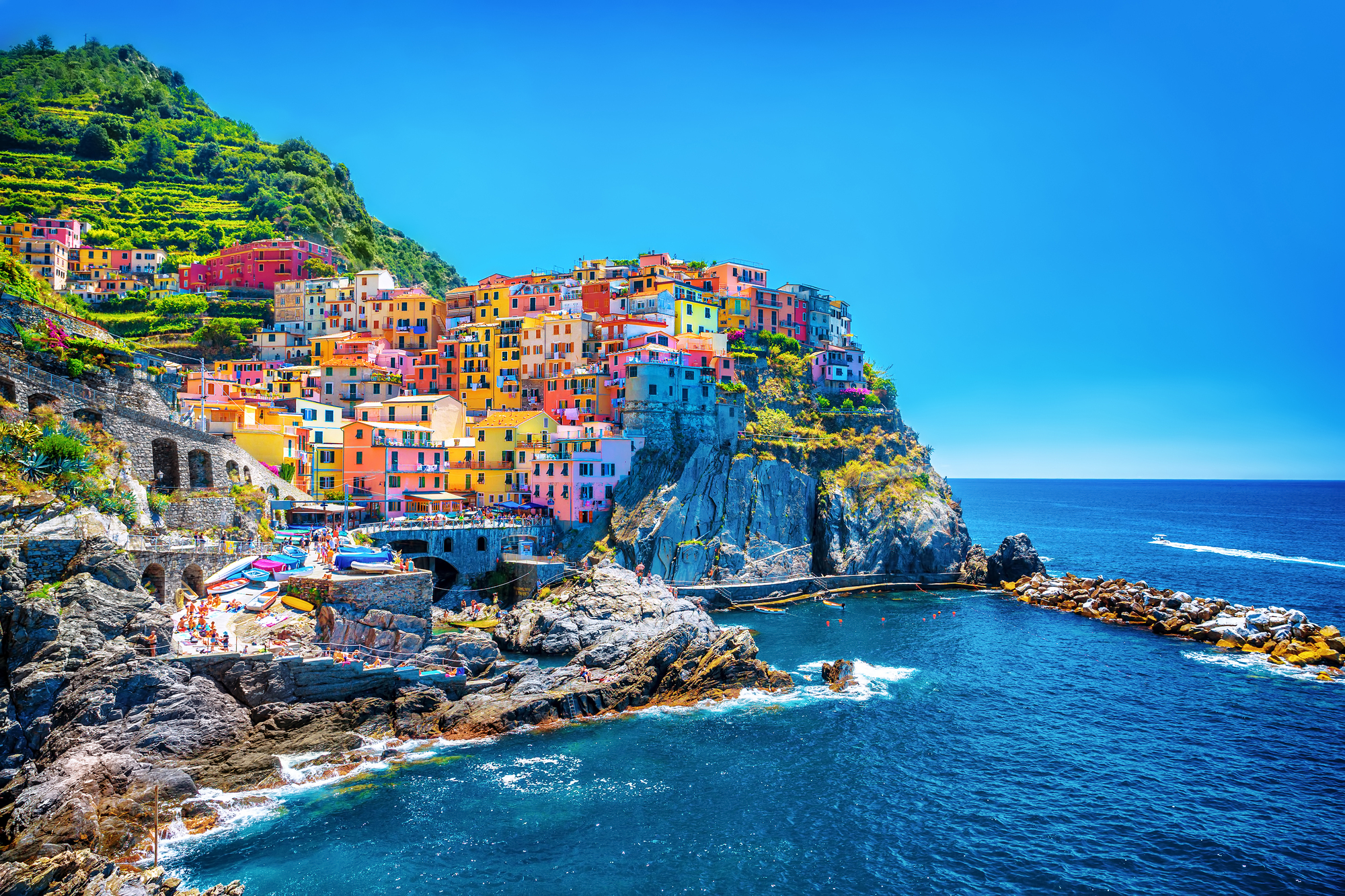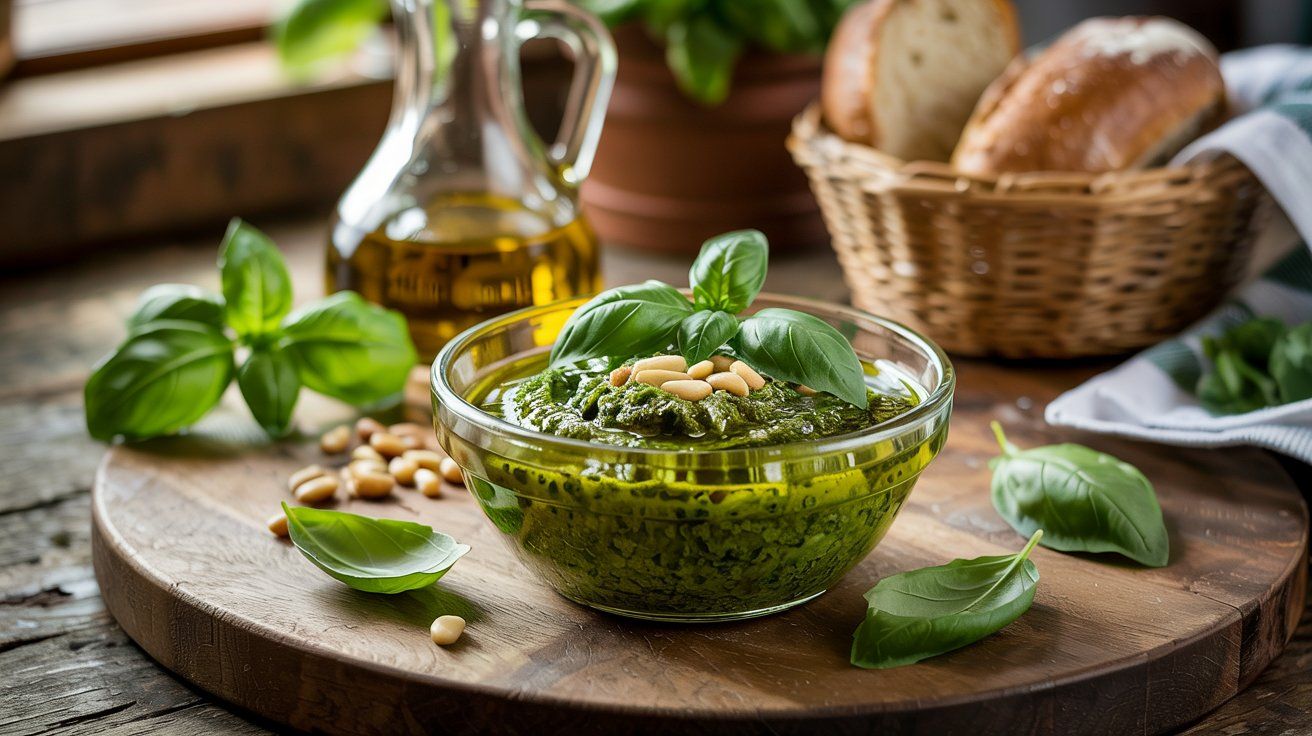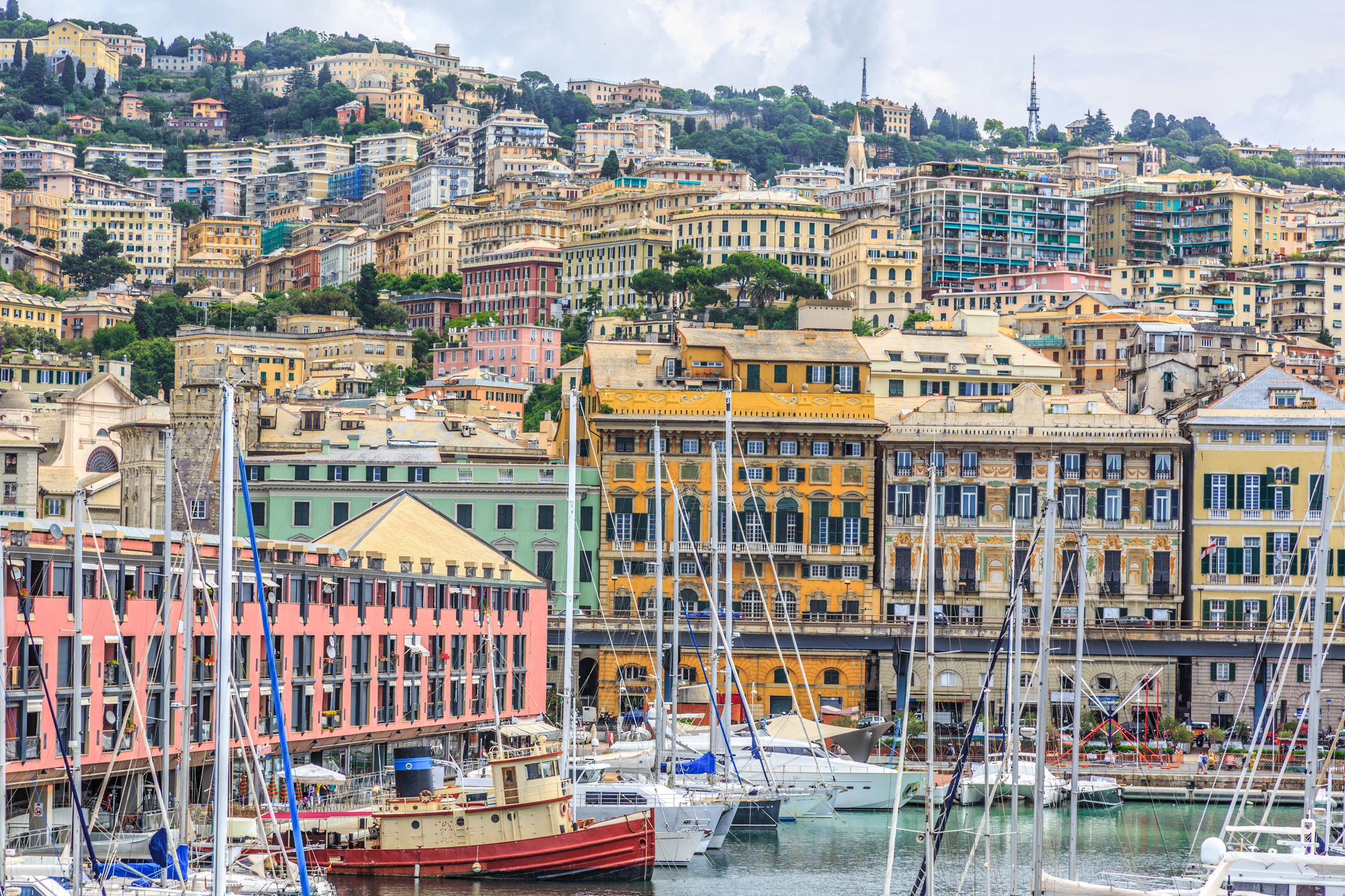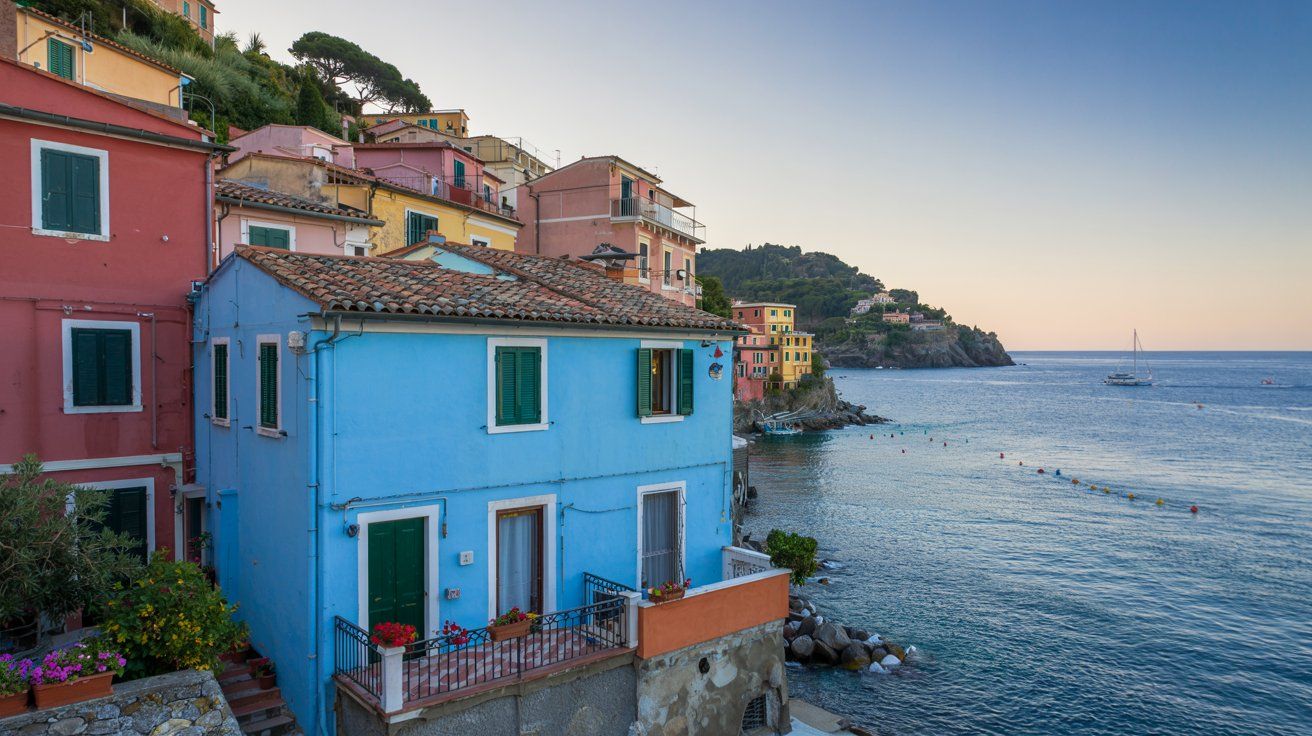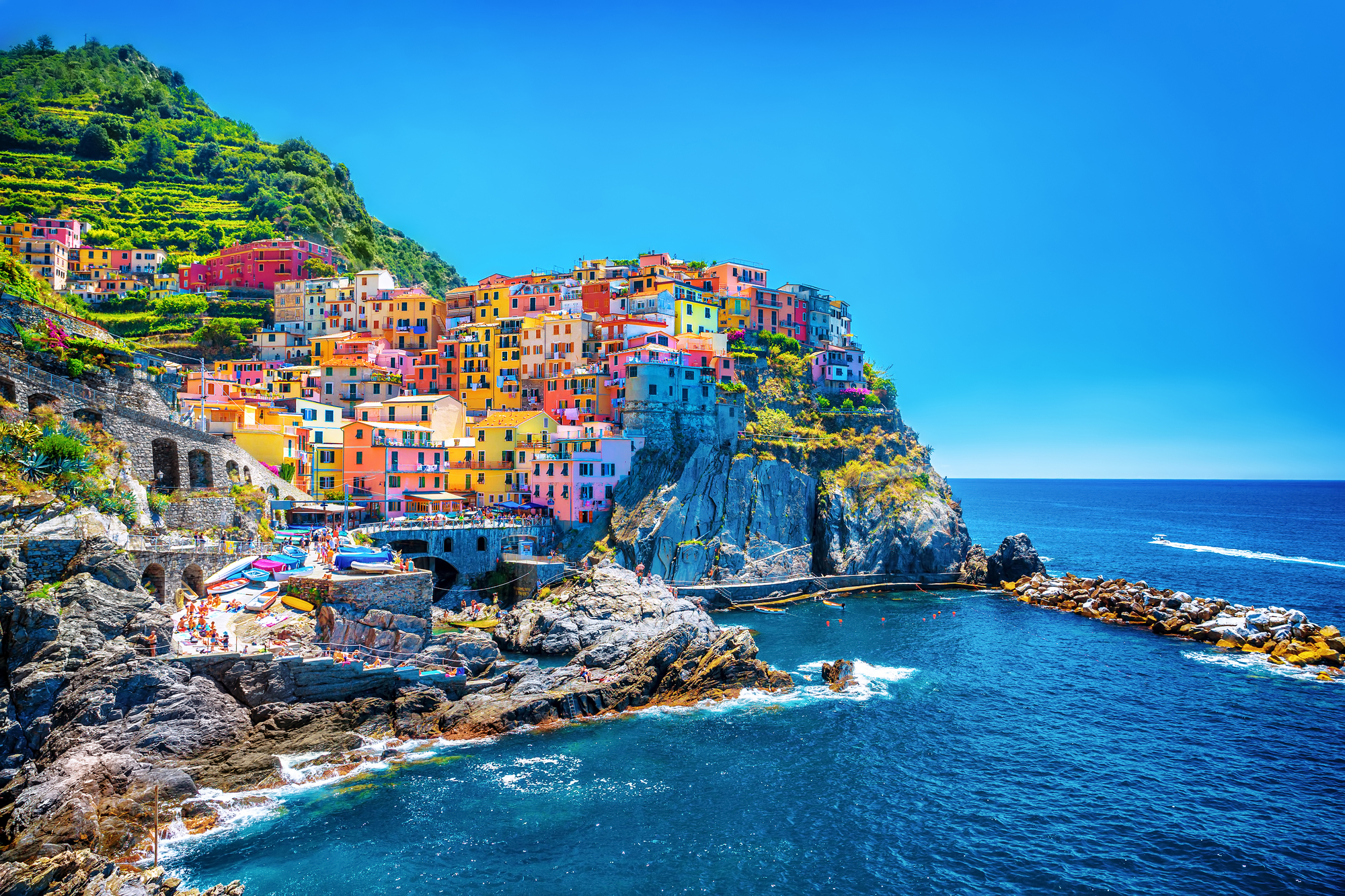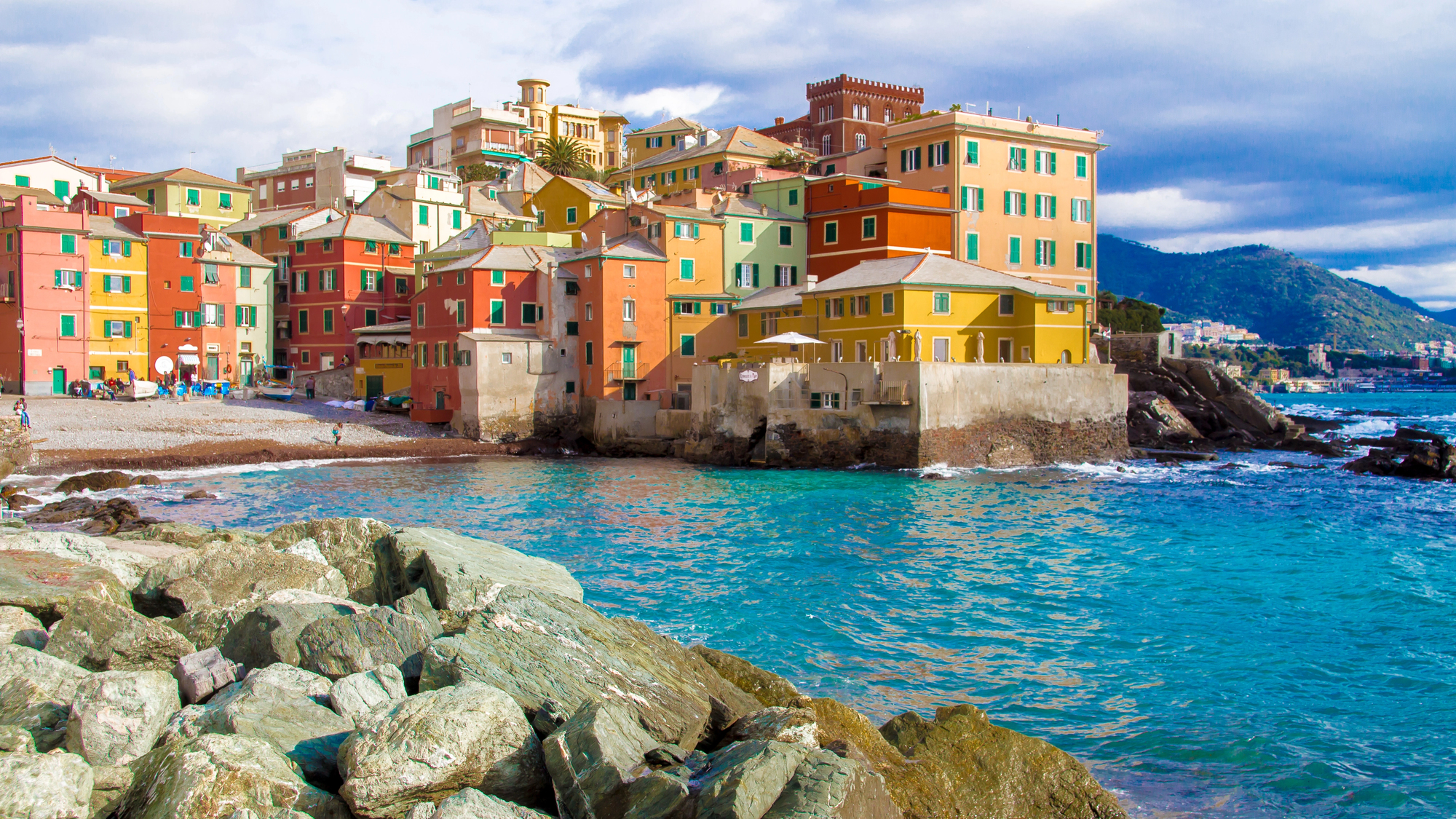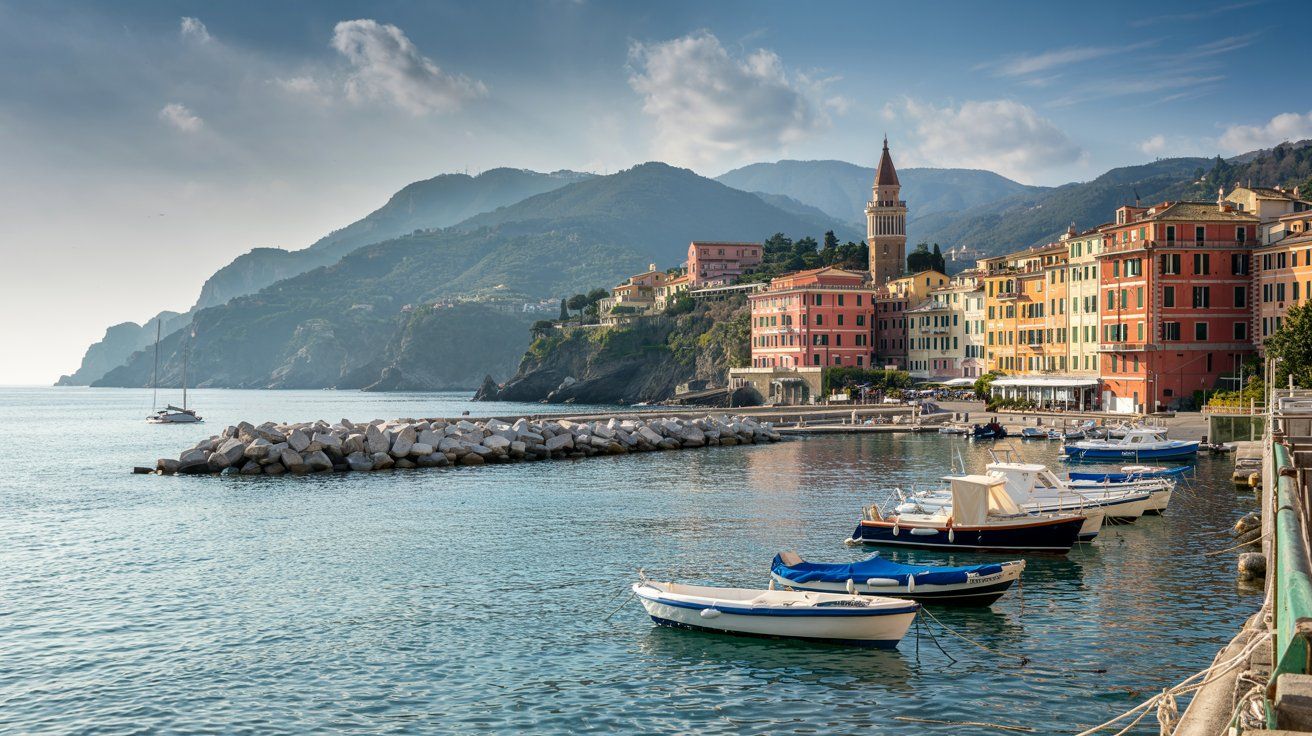The Polcevera River flows through the heart of Genoa, stretching 19 kilometers (12 miles) across the stunning Ligurian landscape. This urban waterway has become an unexpected wildlife haven in Italy’s busiest port city, surprising visitors with its natural charm amid industrial surroundings.
The Polcevera’s banks offer you a unique glimpse into both Genoa’s industrial heritage and natural beauty, making it worth exploring during your visit to Liguria. While many know this river from news about the Morandi Bridge collapse in 2018, the waterway itself has a much deeper connection to the city’s history and development.
Get a discount of 15% to 70% on accommodation in the Italian Riviera! Look for deals here:
Italian Riviera Hotels, Apartments, B&Bs
When you visit Genoa, take time to walk along the Polcevera River mouth, where the freshwater meets the Mediterranean Sea. This area, though partly under construction, regularly attracts birdwatchers who spot rare species here. The river valley also leads you into less-visited parts of Genoa, showing a different side of this multifaceted Italian city.
History of Polcevera River
The Polcevera River has shaped Genoa’s landscape for centuries. Flowing through a 140-square-kilometer drainage basin entirely within the Province of Genoa, this waterway has been both a lifeline and a challenge for the city’s development.
Throughout history, the Polcevera has experienced periodic flooding, similar to other rivers in the region like the Bisagno, which had a devastating flood in 1822. These natural events have influenced how Genoese people built their city and managed water resources.
The river gained international attention in 2018 when the Morandi Bridge collapsed during a heavy thunderstorm. This urban bridge, designed by engineer Riccardo Morandi, crossed the Polcevera Valley and was a crucial part of the A10 motorway infrastructure.
Built between 1963 and 1967, the Polcevera Viaduct (as it was officially known) featured distinctive reinforced concrete piers with elliptical sections. Sadly, corrosion and structural issues led to its partial collapse, resulting in 43 deaths and becoming one of Italy’s worst infrastructure disasters.
The river valley’s geography made it ideal for transportation routes, explaining why such an important bridge was built there. Its foundations needed to withstand the river’s occasional flooding while supporting heavy traffic above.
Today, a new steel bridge replaces the collapsed structure, while the Polcevera continues its eternal flow through Genoa, reminding visitors of both natural beauty and human engineering challenges in this historic Italian port city.
What to See in Polcevera River
The Polcevera River runs through the heart of Genoa, offering surprising natural beauty amid an urban setting. This 19-kilometer waterway is a hidden gem for visitors interested in both nature and industrial heritage.
At the river mouth, birdwatchers can spot various species including occasional rarities. Though the area is undergoing construction, patience can reward you with unexpected wildlife sightings.
The most iconic feature is the new futuristic bridge designed by renowned architect Renzo Piano. This “floating bridge” replaced the tragic Morandi Bridge and creates a stunning visual impact against Genoa’s skyline.
Walking along the river, you’ll notice six large transversal bridges and 12 footbridges that connect neighborhoods across Val Polcevera. These engineering marvels blend functionality with modern design.
The surrounding industrial zone reflects Genoa’s working heritage, with factories and warehouses that tell the story of the city’s economic development. Though not traditionally beautiful, these structures have their own rugged charm.
For hikers, urban trails lead from the river up into the surrounding hills. Follow paths to reach the Madonna della Guardia Sanctuary for breathtaking views of the valley and coastline.
Geology enthusiasts will appreciate the river’s path, which has shaped the landscape over centuries. The valley’s unique formation has influenced settlement patterns and transportation routes throughout Genoa’s history.
Local tunnels showcase impressive engineering, cutting through the challenging terrain that surrounds the Polcevera Valley.
How to Get to Polcevera River
Reaching the Polcevera River in Genoa is straightforward with several transportation options available to you. This river valley runs through the western part of Genoa and is crossed by the famous Genoa-Saint George Bridge (formerly the location of Ponte Morandi).
By car, the A7 motorway provides the most direct access to the Polcevera Valley. Take the Genova Ovest exit and follow signs toward Sampierdarena or Cornigliano districts, both of which border the river.
Public transportation is also convenient. Genoa’s bus network has multiple routes that service the Polcevera area. Lines 7, 8, and 9 are particularly useful for reaching riverside locations.
If arriving by train, the Genova Sampierdarena station is closest to the Polcevera River. From there, it’s a short walk to various viewpoints along the river.
For those flying in, Genoa’s Cristoforo Colombo Airport is only about 7 km from the Polcevera River. Taxis from the airport will get you there in approximately 15 minutes, depending on traffic.
Walking paths along parts of the river offer pleasant access for pedestrians, especially in the renovated areas that were redeveloped after the 2018 bridge disaster.
The best times to visit are spring and fall when temperatures are mild and rainfall is moderate, making exploration of the river area most enjoyable.
Polcevera River Visitor Information
The Polcevera River runs through the heart of Genoa, stretching about 19 kilometers (12 miles) through the urban landscape. While not typically on most tourist itineraries, this waterway offers interesting perspectives on both nature and city life.
You can access the river at several points throughout Genoa. The river mouth area, though currently affected by construction projects, occasionally attracts birdwatchers due to surprising wildlife sightings.
Best Time to Visit:
- Spring (April-May)
- Fall (September-October)
- Early mornings for birdwatching
The Val Polcevera valley, which the river flows through, connects Genoa to several nearby towns worth exploring. Consider taking a day trip to Serra Riccò, just outside Genoa, accessible by crossing the Morego hill.
Walking paths along parts of the riverbank let you experience both urban and natural environments. The area features six large bridges and 12 footbridges that create interesting architectural viewpoints.
For those interested in recent history, the Polcevera valley gained attention following the Morandi Bridge incident. The subsequent reconstruction project by Pergenova has transformed parts of the area with new urban planning initiatives.
Small gardens and orchards line portions of the riverbank, creating pleasant green spaces amid the urban setting. These areas provide peaceful spots to relax away from the tourist crowds of central Genoa.
Where to Stay Near Polcevera River
When visiting the Polcevera River area in Genoa, you’ll find several comfortable lodging options that provide convenient access to this part of the city.
The Val Polcevera district offers a variety of accommodations to suit different budgets and preferences. Hotel prices in this area are quite reasonable, with rates starting from around $68 per night.
Mercure Genova San Biagio stands out as a popular choice for travelers. This hotel combines comfort with good value and provides a solid base for exploring the Polcevera area.
Hotel Bellevue is another excellent option worth considering. It offers comfortable rooms and serves as a good starting point for your Genoan adventures.
For budget-conscious travelers, Hotel Le Tre Stazioni provides a practical place to stay while exploring the Polcevera region and beyond.
Most hotels in the area are fully refundable, giving you flexibility with your travel plans. This is particularly helpful if your itinerary might change.
While staying near the Polcevera River, you’ll have easy access to both the city center and the Italian Riviera coastline. This makes it an ideal location for travelers who want to experience both urban attractions and seaside charm.
Many accommodations in Genoa offer good value compared to other Italian cities, with 2-star hotels from $60 and 3-star options starting at $43 per night.
Remember to book in advance during peak tourist seasons (summer months and holidays) to secure the best rates and availability.
Things to Do Near Polcevera River
The Polcevera River area offers surprising attractions despite being an urban waterway. This hidden gem in Genoa provides both natural beauty and cultural experiences for visitors.
Urban Hiking Trails wind through the Polcevera Valley, perfect for exploring the region’s scenic landscapes. You can follow well-marked paths that lead to historical churches and viewpoints with stunning panoramas of the city.
The Madonna della Guardia Sanctuary is a must-visit religious site in the valley. This impressive structure sits at a higher elevation, rewarding your climb with breathtaking views of Genoa and the Ligurian coastline.
Ancient Churches dot the valley, each with unique architecture and religious artwork. These quiet, contemplative spaces offer a peaceful contrast to Genoa’s bustling center.
For birdwatching enthusiasts, the Polcevera River Mouth is surprisingly rich in wildlife. Bring binoculars to spot both common and rare bird species that frequent this urban natural habitat.
When you’re done exploring, head to nearby Boccadasse, a charming fishing village with colorful houses and seaside cafes. It’s perfect for relaxing after a day of adventure.
New pedestrian connections include:
- 6 reinforced bridges
- 12 footbridges for pedestrian access
- Several walkways for slow exploration
The area is also embracing solar energy with new installations along certain paths, powering lighting systems and information kiosks for visitors.
Get a discount of 15% to 70% on accommodation in the Italian Riviera! Look for deals here:
Italian Riviera Hotels, Apartments, B&Bs


